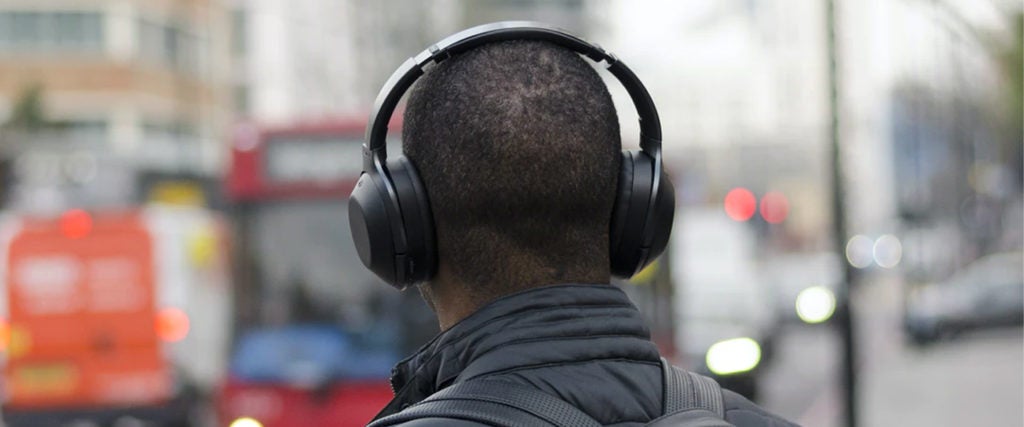Every December, Spotify and Apple Music take us on a journey through our most played artists and albums. It’s inadvertently a free therapy session because the year-in-reviews always tell us a little bit more about our psyche than we’d like to believe. For instance, Lorde dropped out of my Top 5 artists for the first time in years, even though she’s all I ever talk about. And to be replaced by Taylor Swift? Jack Antonoff really does live rent-free in my head.
Perhaps, though, I need to turn his music down. Apple tells me I listened to 27 hours of HAIM’s music, and another 21 of Katy Perry. There were 20 hours spent playing Taylor Swift, 14 on Maren Morris and even six streaming Lindsay Lohan’s underrated jams — usually played at max volume while working out. Sorry, but “WAP” by Cardi B and Megan Thee Stallion must be blasted as I do my little runs up and down Brooklyn’s Eastern Parkway.
I’m beginning to think my eardrums are hurting. Could all this listening actually be bad for me? And when does a good tune cross the line from a lyrical jam to physical trauma?
Just Turn It Down
My ears are already in bad shape. After four years of using AirPods, I’ve recently switched back to wired headphones, and oh my god the sound quality is so much better. I was out here with my broken AirPods on full volume for years to make up for damaged sound as a result of dropping those buds one too many times.
It turned out to be a blessing. Some experts believe most of us are streaming our music a bit too loud, damaging our inner ears and leading to hearing loss. It’s time we take after the Pussycat Dolls and push our volume “Buttons” down.
Harvard Medical School researchers report that most personal-use headphones reach a maximum volume of 105 to 110 decibels — a full 20 dB above the level that can cause hearing damage. “Exposure to sound of 105 to 110 dB can cause damage in five minutes,” they wrote in July.
So can I still rage-listen to “STFU!” by Rina Sawayama at full blast because it’s only 3 minutes and 24 seconds long? Yes, but that doesn’t mean I should. The more I punish my ears, the less likely I am to appreciate Sawayama’s unique mix of Britney Spears-esque bubblegum pop with the electro-industrial sounds of Skrillex.
The Science of Music ‘Flow’
I wondered, too, if more or less complex music had an effect. The Independent reports that less complex songs — low production, instrumentation or length of track — turn our brains off quicker than multiplex music stimulating our brains to process the diverse sounds. We stop focusing on a song after comprehending simple melodies. (Although, forgettable music has its own appeal. Ambient lo-fi beats are great when you’re trying to work.)
The psychological process that occurs when we listen to music we like is “flow.” “For an individual to experience ‘flow,’ the activity needs to use their skills in a way that is challenging enough to be interesting. If the music is not sufficiently stimulating for the listener, they will soon lose interest, [and] the state of ‘flow’ arising from immersion in the music will be lost,” Dr. Michael Bonshor, a professor of music psychology at the University of Sheffield, tells the Independent.
Okay, So… Is My Pop Habit a Problem?
More pointedly, is there a universal threshold in which listening to a song becomes too much? Unclear. It certainly doesn’t seem like it for me, considering I listened to Haim’s new album Women in Music Pt. III 450 times since late June. What can I say? Their music feels like a golden-hour drive down Santa Monica Blvd. in Los Angeles. Though I suppose I don’t need to have the full experience. My volume doesn’t be as loud as a broken muffler revving up in the lane next to me.

